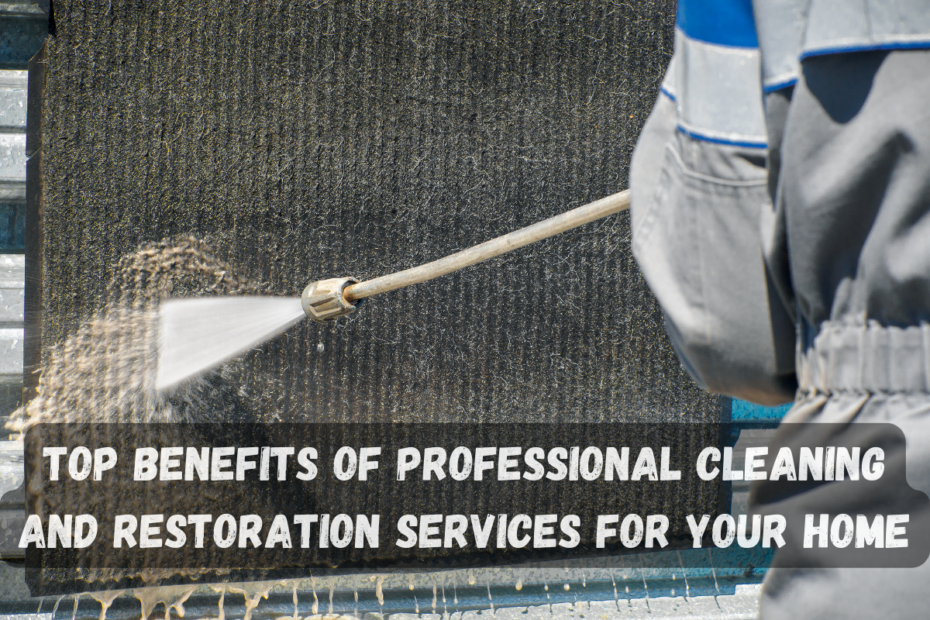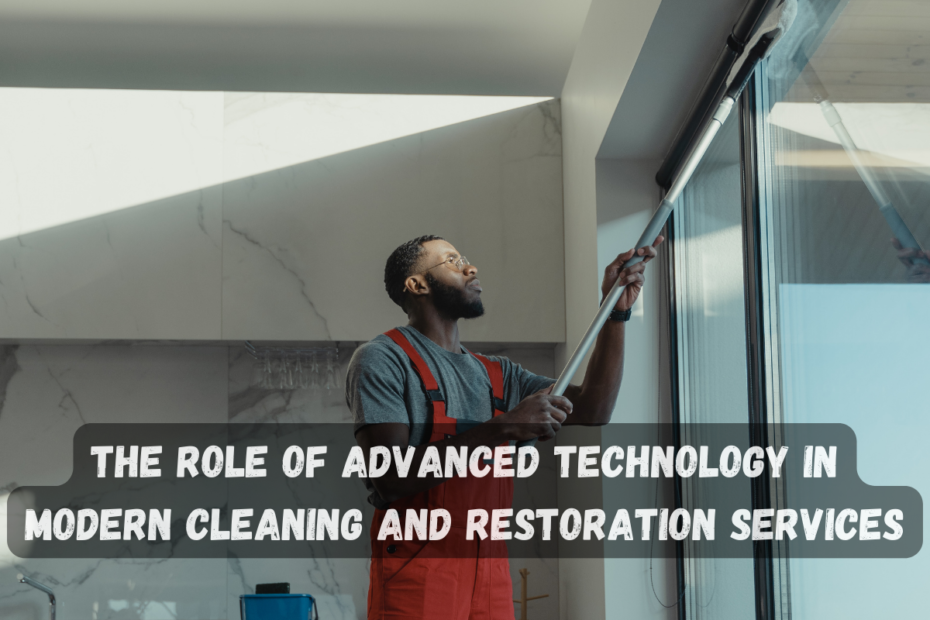The Ultimate Guide to Choosing the Best Cleaning and Restoration Service
When disaster strikes—whether it’s water damage from a burst pipe, fire and smoke damage, or mold infestation—the aftermath can be overwhelming. Your home or business is not just a building; it’s a place filled with… The Ultimate Guide to Choosing the Best Cleaning and Restoration Service



